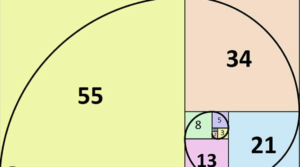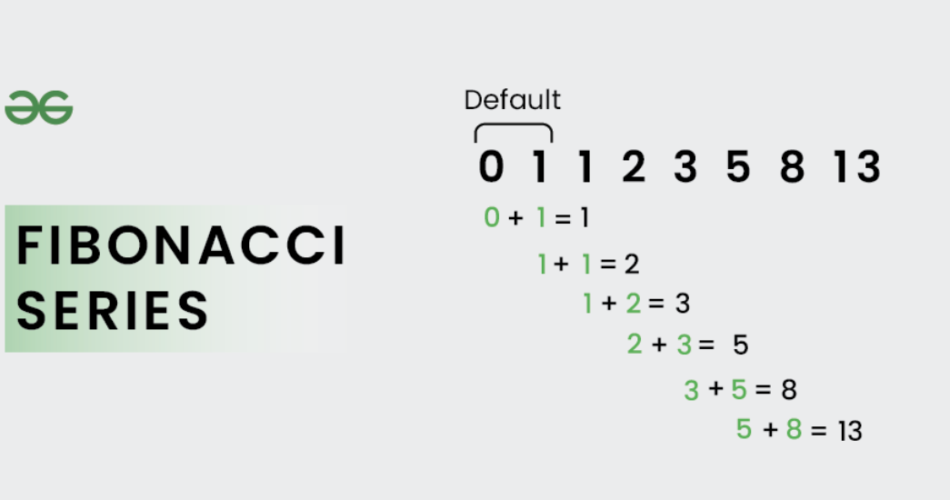As a passionate explorer of the wonders of mathematics, I’ve always been captivated by the elegance and intricacy of the Fibonacci sequence. This mesmerizing pattern, which unfolds in a seemingly simple yet profoundly meaningful way, has captivated mathematicians, scientists, artists, and enthusiasts alike for centuries. In this article, we will embark on a journey to uncover the hidden beauty and numerous applications of this remarkable mathematical gem.
The Fibonacci sequence was first introduced by the Italian mathematician Leonardo of Pisa, also known as Fibonacci, in the 13th century. Fibonacci’s work, “Liber Abaci,” presented this sequence as a way to model the growth of a hypothetical rabbit population. However, the origins of this sequence can be traced back even further, with similar patterns found in ancient Indian and Greek mathematics.
Contents
- 1 Understanding the Mathematical Properties of the Fibonacci Sequence
- 2 Fibonacci Numbers in Nature and the Universe
- 3 The Golden Ratio and its Connection to the Fibonacci Sequence
- 4 Fibonacci Sequence in Art and Architecture
- 5 Applications of the Fibonacci Sequence in Computer Science and Technology
- 6 How to Generate the Fibonacci Sequence
- 7 Fun Facts and Interesting Patterns in the Fibonacci Sequence
- 8 Conclusion: The Enduring Beauty of the Fibonacci Sequence
Understanding the Mathematical Properties of the Fibonacci Sequence
At its core, the Fibonacci sequence is a series of numbers where each number is the sum of the two preceding ones. The sequence begins with 0 and 1, and then continues with 1, 2, 3, 5, 8, 13, 21, and so on. This deceptively simple pattern gives rise to a wealth of fascinating mathematical properties, including the fact that the ratio of consecutive Fibonacci numbers converges to the golden ratio, a ubiquitous constant found throughout nature and art.
Fibonacci Numbers in Nature and the Universe
One of the most captivating aspects of the Fibonacci sequence is its prevalence in the natural world. From the spiral patterns of seashells and sunflower seeds to the branching structures of trees and the arrangement of leaves on a stem, the Fibonacci sequence can be observed in countless natural phenomena. This connection between mathematics and the natural world has long fascinated scientists and philosophers, leading to a deeper understanding of the underlying principles that govern the universe.
The Golden Ratio and its Connection to the Fibonacci Sequence
The golden ratio, often denoted by the Greek letter φ (phi), is a mathematical constant that has been revered for its aesthetic beauty and harmony. Interestingly, the golden ratio is inextricably linked to the Fibonacci sequence, as the ratio of consecutive Fibonacci numbers approaches the golden ratio as the numbers grow larger. This profound relationship has made the golden ratio a subject of intense study and application in fields ranging from art and architecture to biology and finance.
Fibonacci Sequence in Art and Architecture
The influence of the Fibonacci sequence and the golden ratio can be seen in numerous works of art and architectural masterpieces throughout history. From the intricate designs of Leonardo da Vinci’s paintings to the captivating proportions of the Parthenon in ancient Greece, the Fibonacci sequence has been a source of inspiration for artists and designers seeking to create works of enduring beauty and harmony.

Fibonacci Sequence
Applications of the Fibonacci Sequence in Computer Science and Technology
The Fibonacci sequence has found numerous applications in the realm of computer science and technology. In algorithms and data structures, the Fibonacci sequence is used in the design of efficient search and sorting methods, as well as in the implementation of various mathematical and financial models. Additionally, the Fibonacci sequence has been applied in the field of cryptography, where it has been used to generate secure encryption keys and algorithms.
How to Generate the Fibonacci Sequence
Generating the Fibonacci sequence is a straightforward process that can be easily understood and implemented. The sequence can be generated by starting with the first two numbers, 0 and 1, and then adding the two previous numbers to obtain the next number in the sequence. This simple yet powerful algorithm can be expressed in various programming languages and can be used to explore the deeper properties and patterns of the Fibonacci sequence.
Fun Facts and Interesting Patterns in the Fibonacci Sequence
The Fibonacci sequence is a treasure trove of fascinating patterns and intriguing facts. For instance, the sum of the squares of the Fibonacci numbers is another Fibonacci number. Additionally, the ratio of consecutive Fibonacci numbers converges to the golden ratio, a connection that has captivated mathematicians and artists alike. Exploring these and other remarkable properties of the Fibonacci sequence can lead to a deeper appreciation of the elegance and complexity inherent in this mathematical masterpiece.
Conclusion: The Enduring Beauty of the Fibonacci Sequence
The Fibonacci sequence is a true testament to the beauty and elegance of mathematics. Its ubiquity in nature, its profound connections to the golden ratio, and its diverse applications in fields ranging from art to computer science all contribute to its enduring fascination. As we delve deeper into the mysteries of the Fibonacci sequence, we uncover layer upon layer of mathematical wonder, each discovery leading us to a greater appreciation of the underlying principles that shape our world. The Fibonacci is not just a mathematical concept – it is a window into the very fabric of the universe, a testament to the inherent beauty and order that permeates the natural world.
